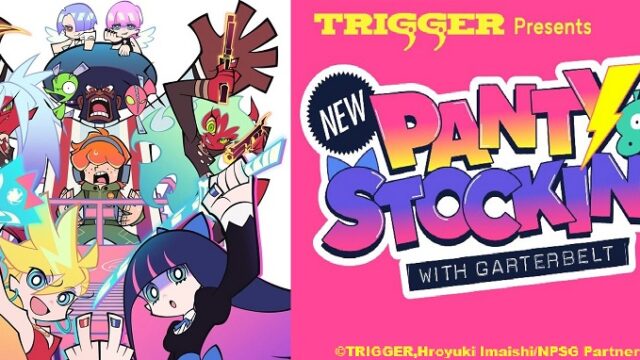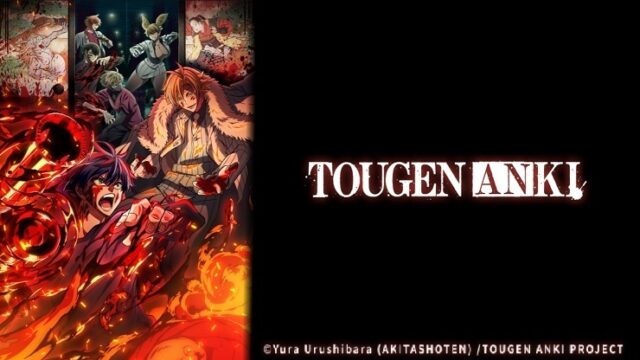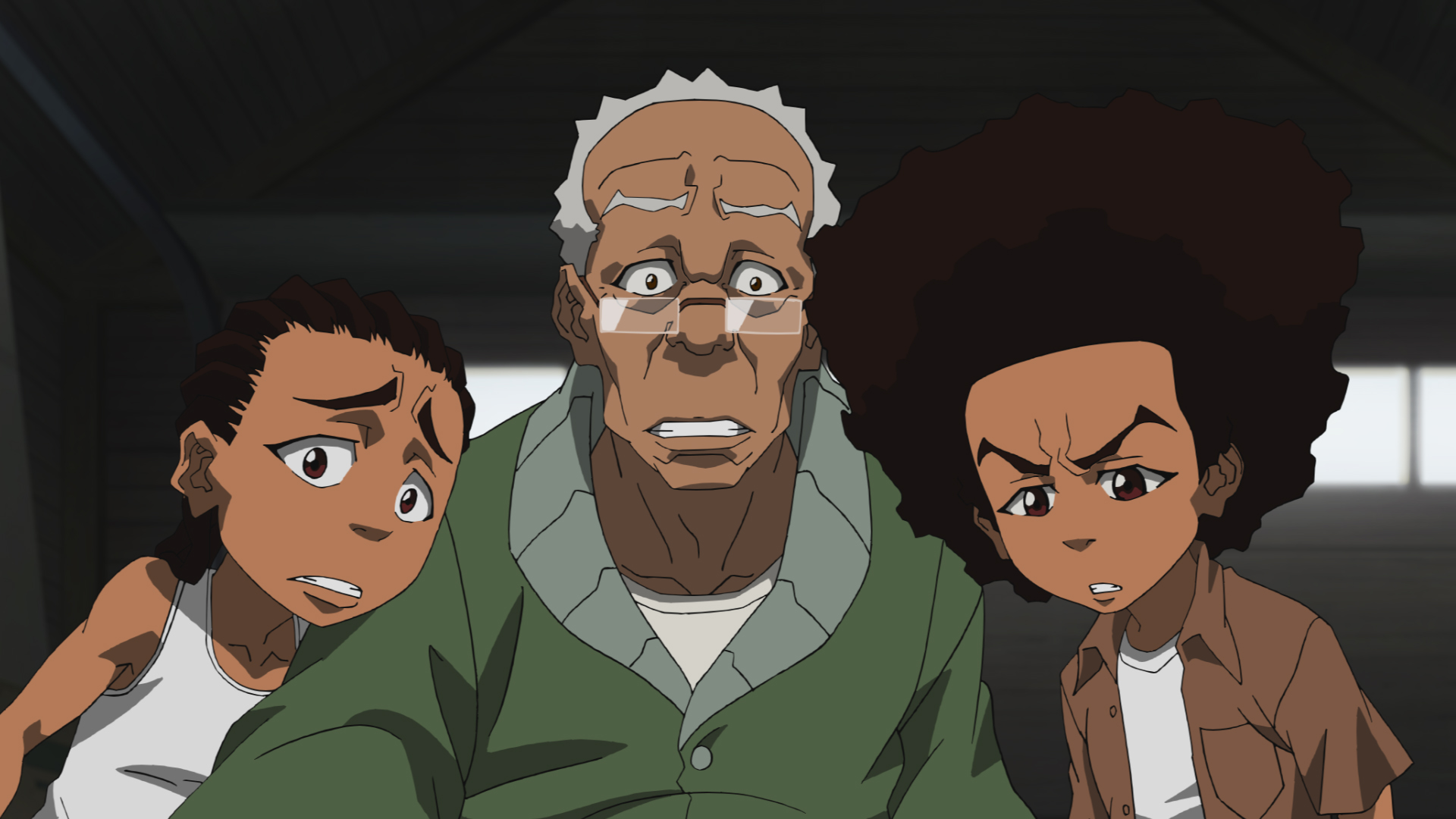English Dub Season Review: MF Ghost Season Two
Based on the Japanese manga series written and illustrated by Shuichi Shigeno, and taking place in the same universe as “Initial D”, The second race in the MFG tournament at the notoriously difficult Lake Ashinoko track is underway. Though his car is severely disadvantaged in horsepower, tune-ups to Kanata Katagiri’s Toyota 86 GT allow him to soar into a qualifying position quickly. However, a torrential downpour on the final day of racing brings tire traction woes and causes all drivers to struggle. Thanks to the environment he grew up in and his extensive training, Kanata surprises everyone when he can pull ahead of the pack—albeit with some very risky maneuvers. However, there are still two formidable competitors ahead of Kanata: last race’s winner Michael Beckenbauer, and Lake Ashinoko record holder Kouki Sawatari. But even if Kanata can close the gap, he still needs to watch out for the drivers in his rearview preying on even a single mistake that they can take advantage of…
On the Technical side, pretty much everyone from Season One was carried over to Season Two as it was produced by Felix Film and directed by Tomohito Naka, with Kenichi Yamashita supervising the scripts co-written by Akihiko Inari, Naoyuki Onda designing the characters, and Akio Dobashi composing the music. The new opening theme song is “Rock Me Kiss Me feat. Motsu” by Yū Serizawa, while the new ending theme song is “Side U (Prod. AmPm)” by Himika Akaneya.
As a “sequel series”, MF Ghost may not be the direct spiritual successor to Initial D that many expected, but after two seasons, its identity is starting to take shape. While the shift from the carbureted engines of the past to modern racing technology may not have the same nostalgic appeal, the series’ second season has allowed it to further explore its direction, even if it struggles to escape the shadow of Initial D.
Upon research, season two attempts to Adapt the manga with volumes 6-10, and largely maintains the same structure as its predecessor, with familiar racers competing in the MFG circuit. However, as the competition intensifies, the gap between speed and skill among the drivers becomes more apparent. Each new course introduces greater challenges, forcing the contenders to push themselves to the limit. The high-octane tension continues to build, but the storytelling remains uneven, often bogged down by unnecessary that don’t always lead anywhere.
Kanata remains the central figure of the story, though his competition is finally beginning to show more depth. Unfortunately, the same cannot be said for the series’ attempt at romance. Ren Saionji, positioned as his love interest, struggles to be anything beyond a shallow tsundere stereotype, her interactions often feeling like filler rather than meaningful character development. Meanwhile, the supporting cast is a mixed bag—while some rivals present a compelling challenge, others feel poorly conceived, with questionable personalities that add little to the narrative. This uneven character writing makes Kanata stand out by default, even though his defining traits rarely extend beyond his polite demeanor and love for Japanese food.
Visually, MF Ghost remains consistent with its first season, though it leaves room for refinement. Studio Felix Film delivers passable animation, with car movements and race sequences that, while not entirely realistic, capture the adrenaline of high-speed competition. However, the CG animation still lacks the polish needed to make the cars feel truly weighty and immersive. On the audio front, the Dub remains consistent going as far as to give certain characters accents from their respective countries, right down to giving Kanata a British accent which makes sense given that he was raised in England, while characters like Beckenbauer speak with a German accent. The soundtrack is a mixed bag. While the Eurobeat influence remains consistently serviceable, the second opening theme and ending themes are both at least passable.
Overall, MF Ghost Season 2 improves upon its predecessor but still struggles to set itself apart. The racing sequences deliver solid entertainment, yet the narrative’s cluttered structure and weak character dynamics hold it back from fully topping itself. While the series has enough content for future seasons, it needs to refine its focus and deliver more compelling stakes to truly stand on its own. Fans of racing anime will find enjoyment in the action, but those seeking a deeper story or well-developed characters may be left wanting more. But with the recent announcement of a Season 3, we can only hope they can learn from those mistakes…
























"There are also other characters that come and go (also owned by the Warner Bros. Discovery conglomerate media company)."
Huh. Is that just referring to other characters from the show itself, or is this implying that the new season is going to have cameos from other WBD IPs